Tomasz Madajczak
Neomorph
“Neomorph” 2016, Uillinn West Cork Arts Centre, Skibbereen, Ireland. An exhibition which explored different perspectives created by the appearance of the new Arts Centre in Skibbereen, its physical and sociological influence. The exhibition combined different observations, through photography, sound and animation.
A new place, new space, a new perspective, new possibilities, new creation, new ideas. The perception of one’s self is a subject for exploration. The way we perceive, the way we react to change, the way we adapt. The new creates the unknown because it has not yet been experienced. If one appears in a new place, the process of adapting starts and everything changes in relation to the new presence, along with that presence itself. Suddenly a new building appears, dedicated, open for the coming change. Someone has to enter the building to see what is inside. A person can’t see through a building because it isn’t transparent, therefore a part of their vision is blocked. Sounds are reflected from the walls of a building, finding an obstacle in their way. All the changes influence other changes and that way it all goes on forever until it ceases to be. Therefore to focus on a building is to focus on one’s self, because there is no perception of a building and there is no sensation of any kind if there is no one present. If the building is high enough it is possible to climb on top of it and stand above all and any other urban creations. Therefore there is always the question: what do we percive and where does our perception find obstacles and where does it gain access to new areas for exploration.
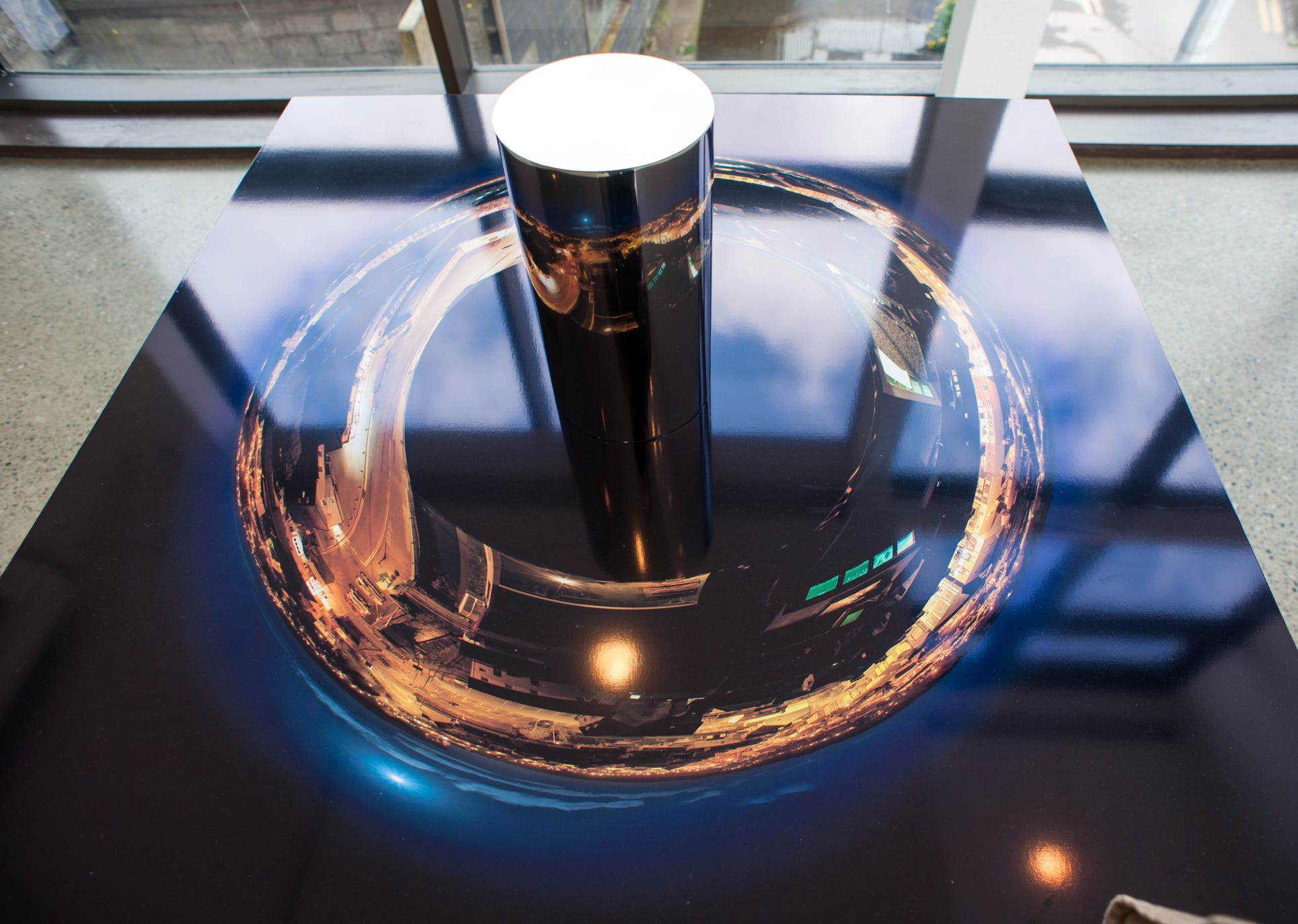
Anamorphic image showing 360 degrees panorama of Skibbereen captured at night seen form the roof of the new Art Centre.
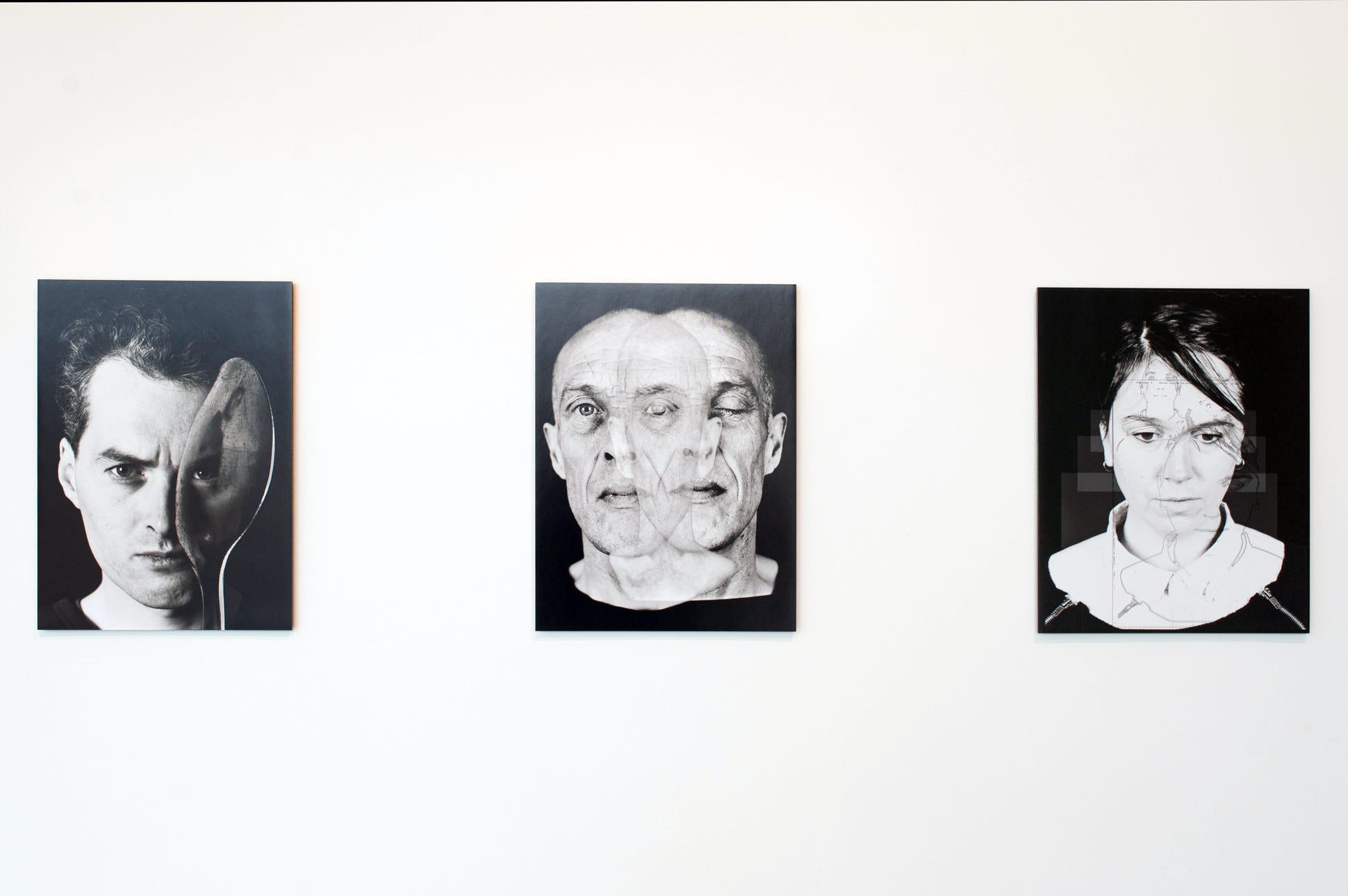
Portraits of those who stepped into my studio during my residency at Ullillinn, 2015–2016. Each encounter unfolded like a dialogue, an evolving feedback loop between the sitter and myself. The portraits did not merely capture appearances; they reflected the shifting inner states of the models—an ever-changing interplay of thoughts, emotions, and presence.
The images emerged through an evolving dialogue with models who arrived unpredictably, week after week. Each interaction formed a feedback loop—an exchange of presence, curiosity, and expression that shaped both the sitter’s perception and my own. The act of conversation itself became iterative, refining the vision with every gesture, every hesitation, every unspoken thought that flickered across their face.
The large-format camera was my medium, my conduit. Behind its body, I found a peculiar relativity at play—time stretched and compressed, as moments of stillness contained entire narratives. The camera’s frame anchored fleeting expressions, preserving them as if they were fixed in time, yet I knew they were never truly static. Just as in Einstein’s theory of relativity, where an observer's position alters perception, the act of photographing altered both the subject and me. They entered the frame as one version of themselves, but the captured image, shaped by light, emotion, and memory, was already something else—a past self, an evolving truth.
The models left, but their presence remained imprinted in a stack of negatives—latent echoes of our shared moment. And now, in the darkroom, another loop begins. Light passes through celluloid, revealing not just an image, but a continuum of change. No portrait is final. Each print is another iteration, another interpretation, shifting with time, memory, and the eye of the beholder.
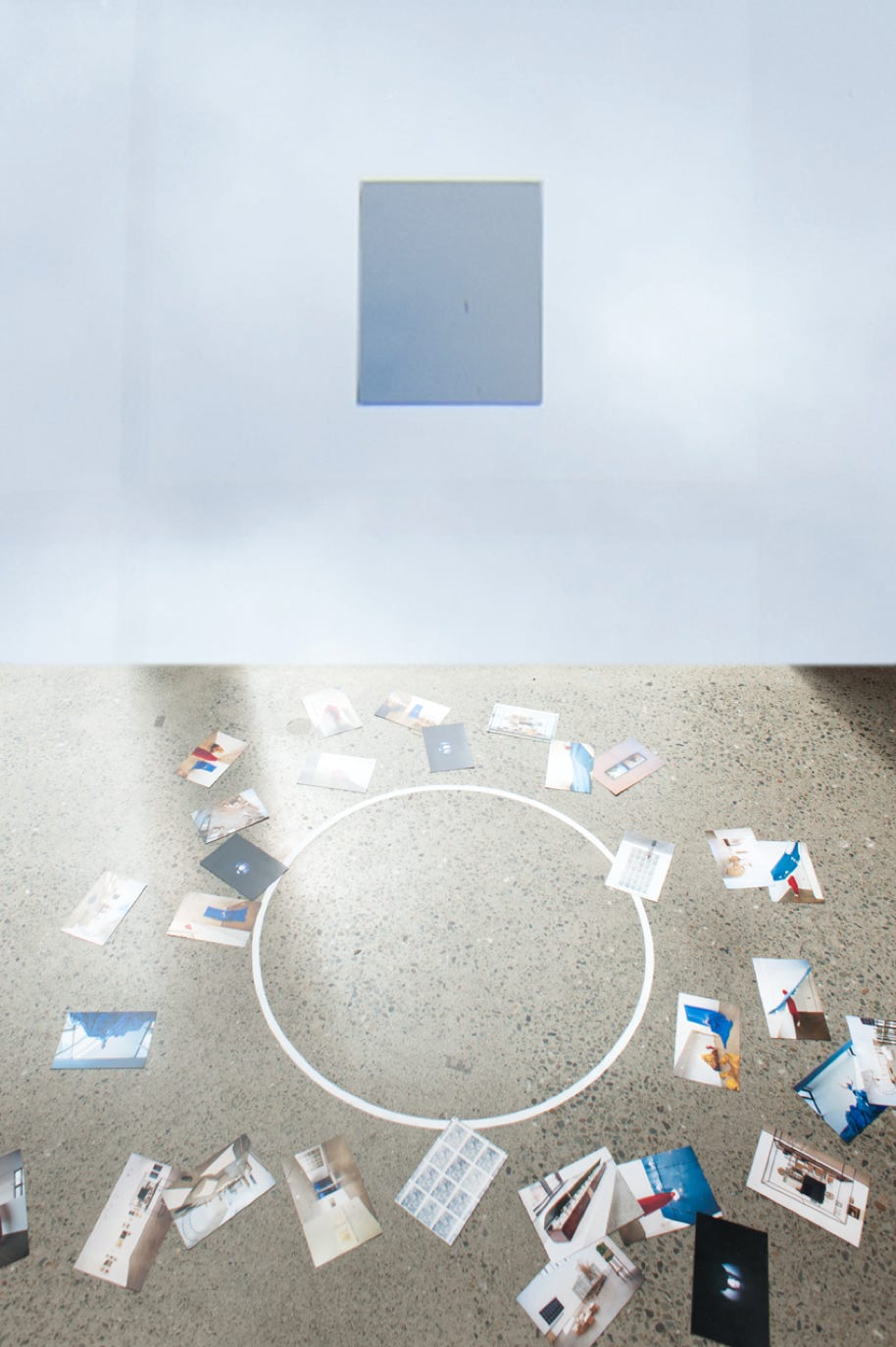
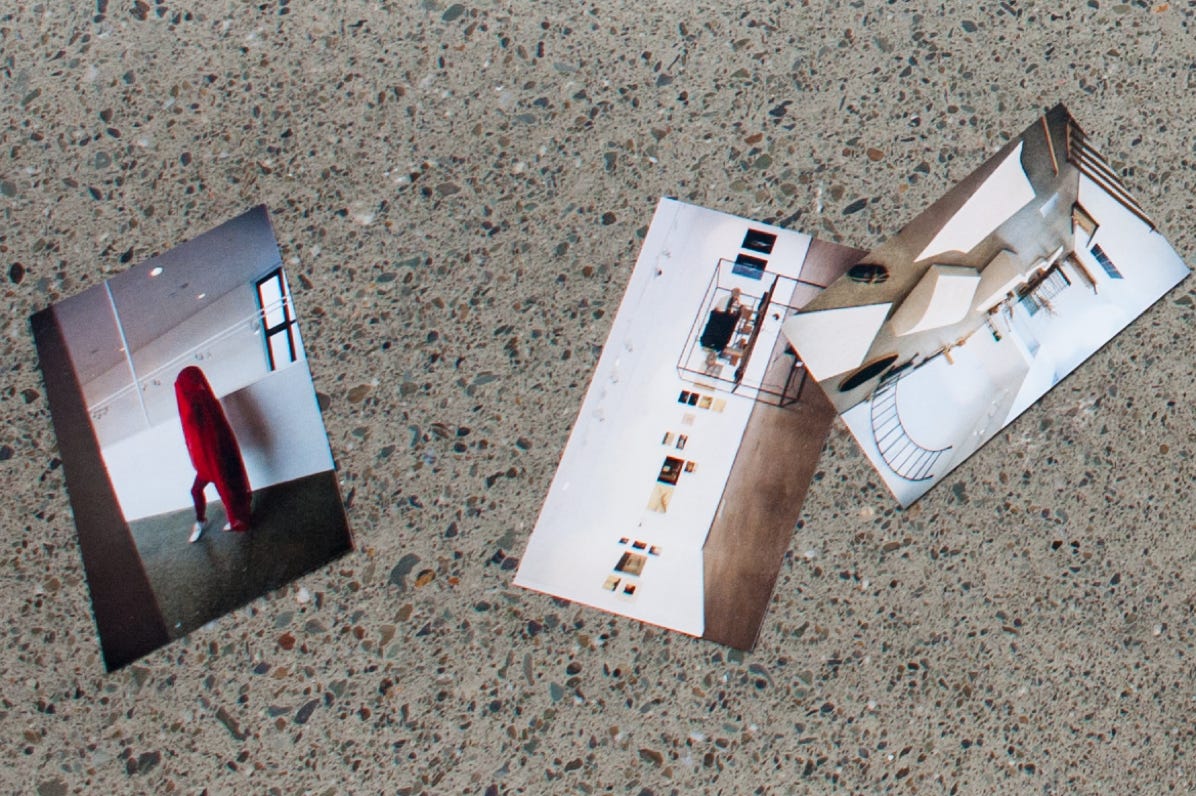
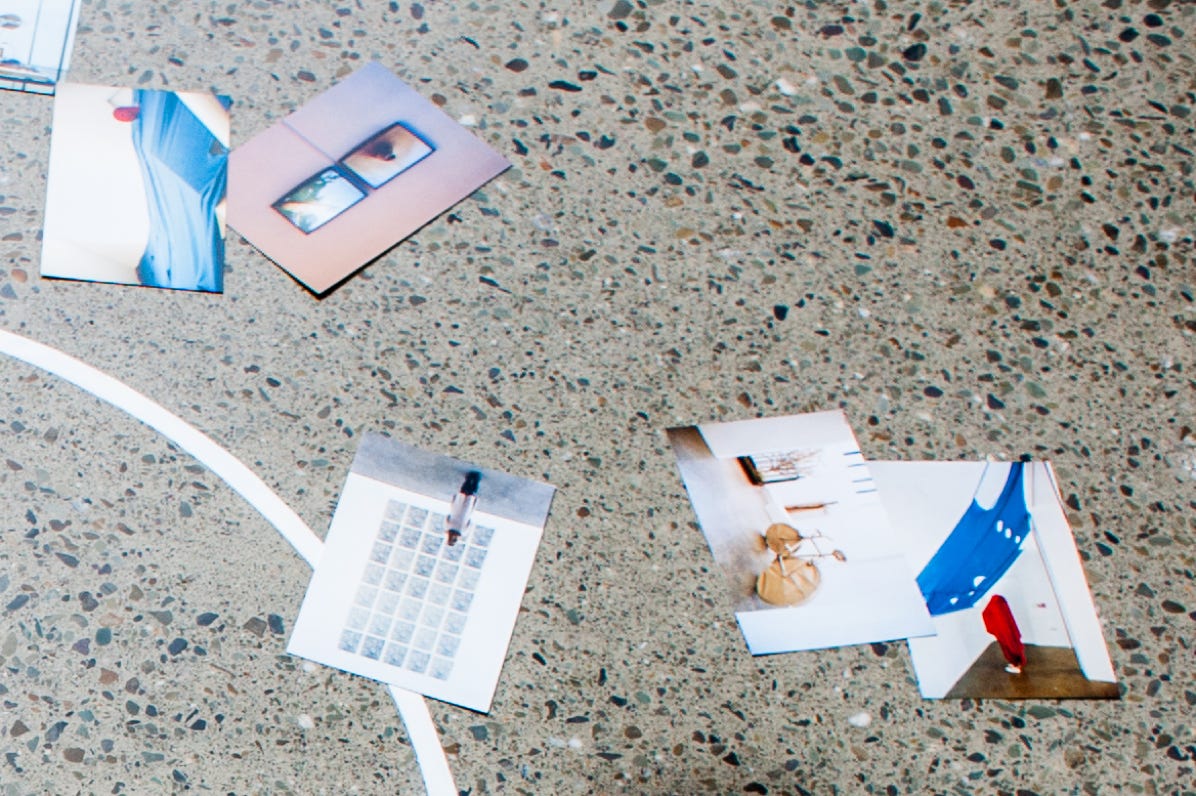
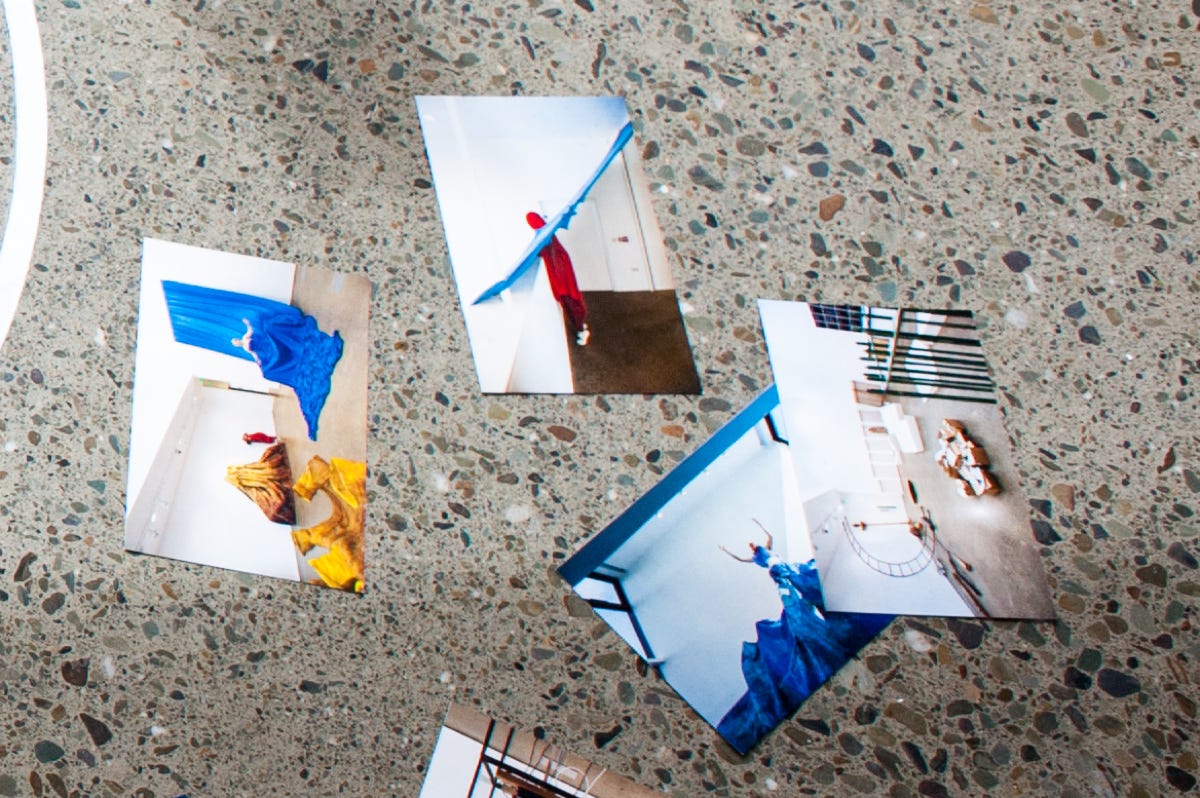
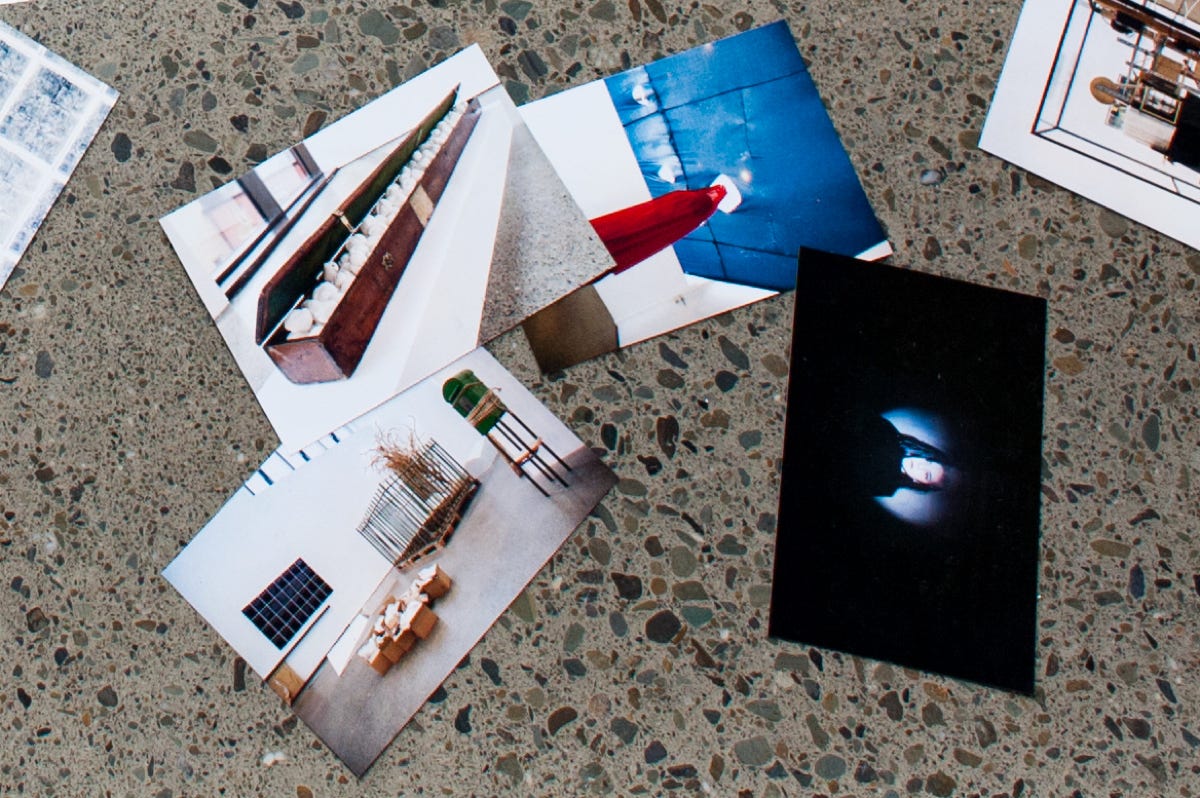
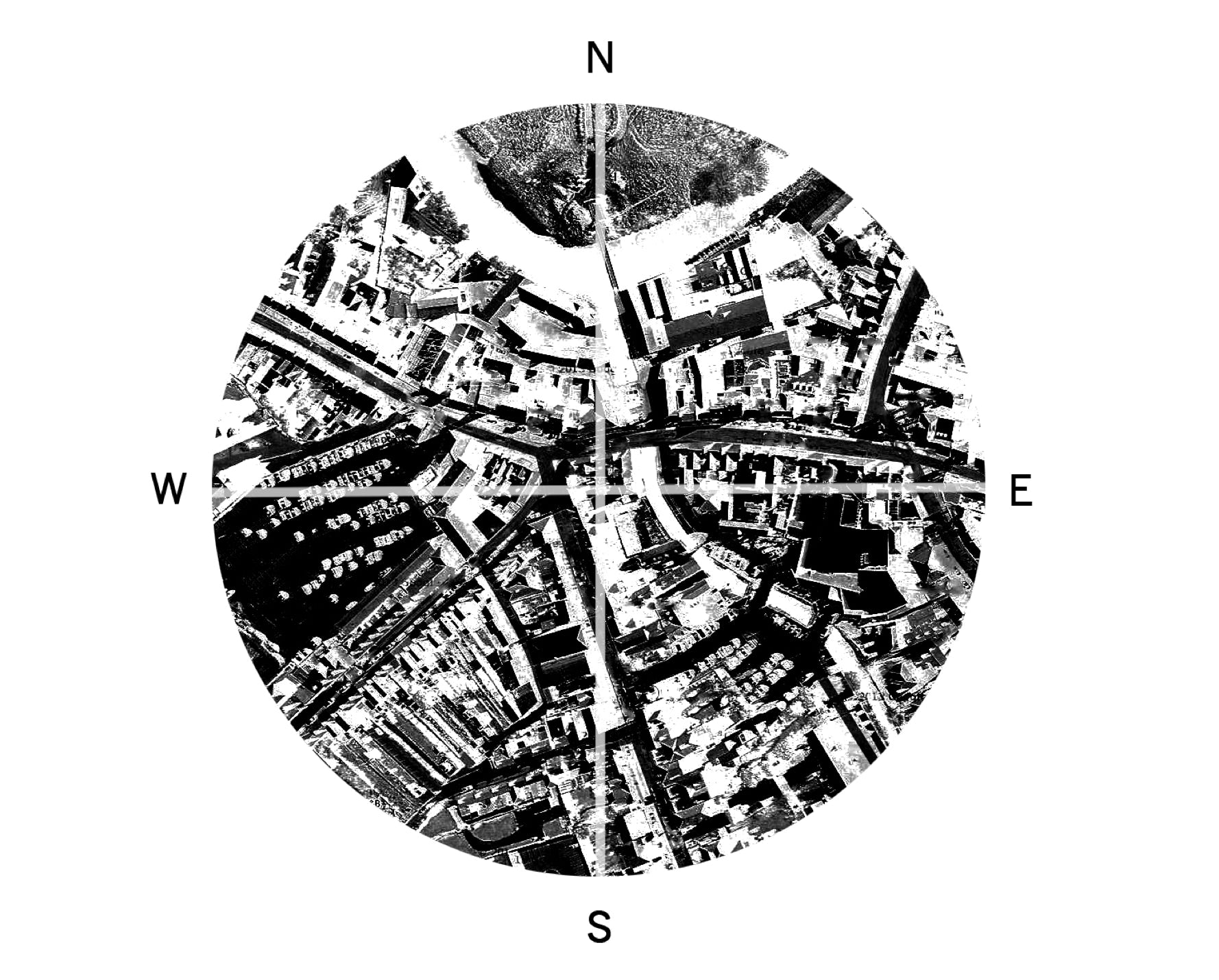
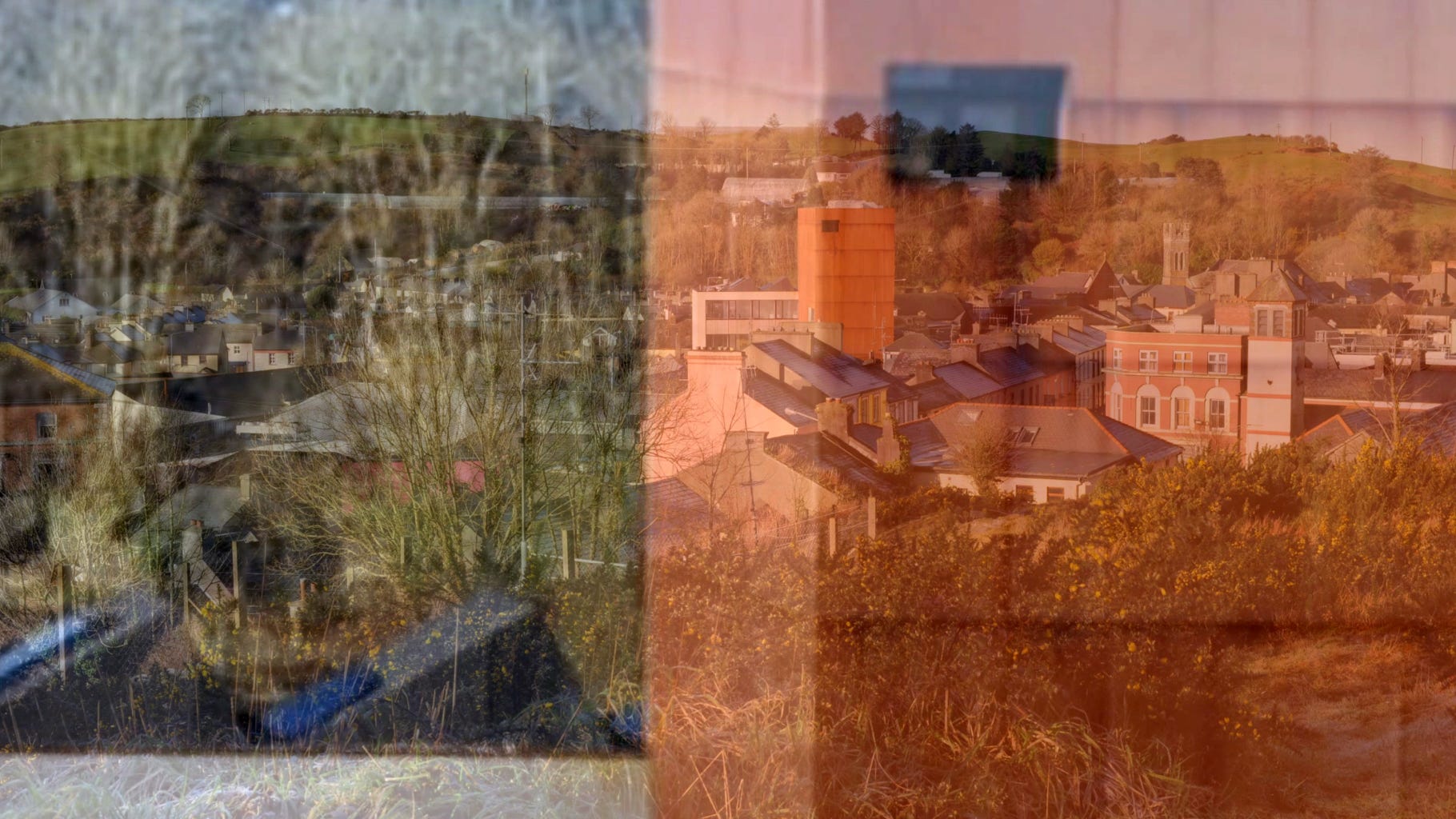
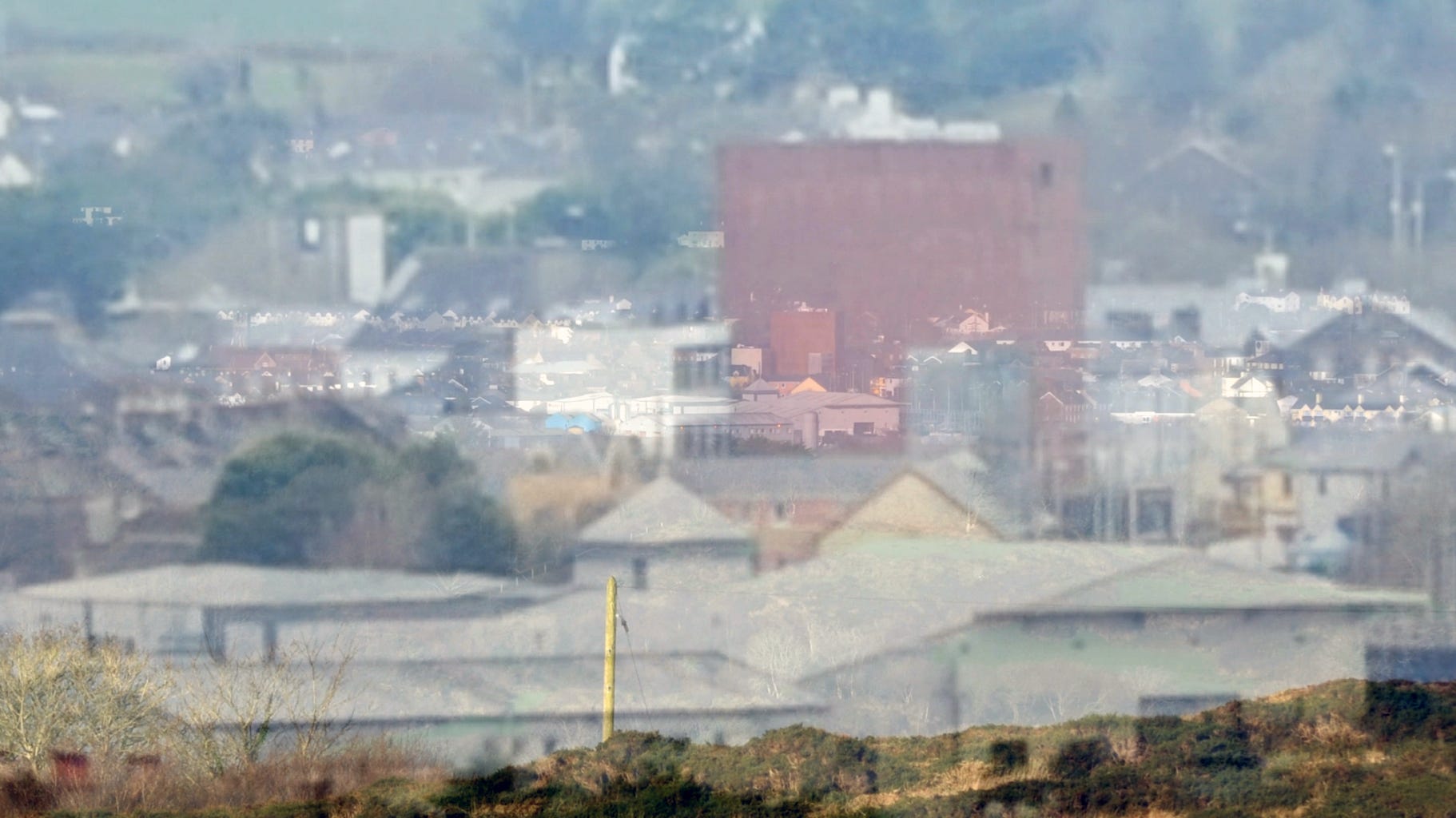
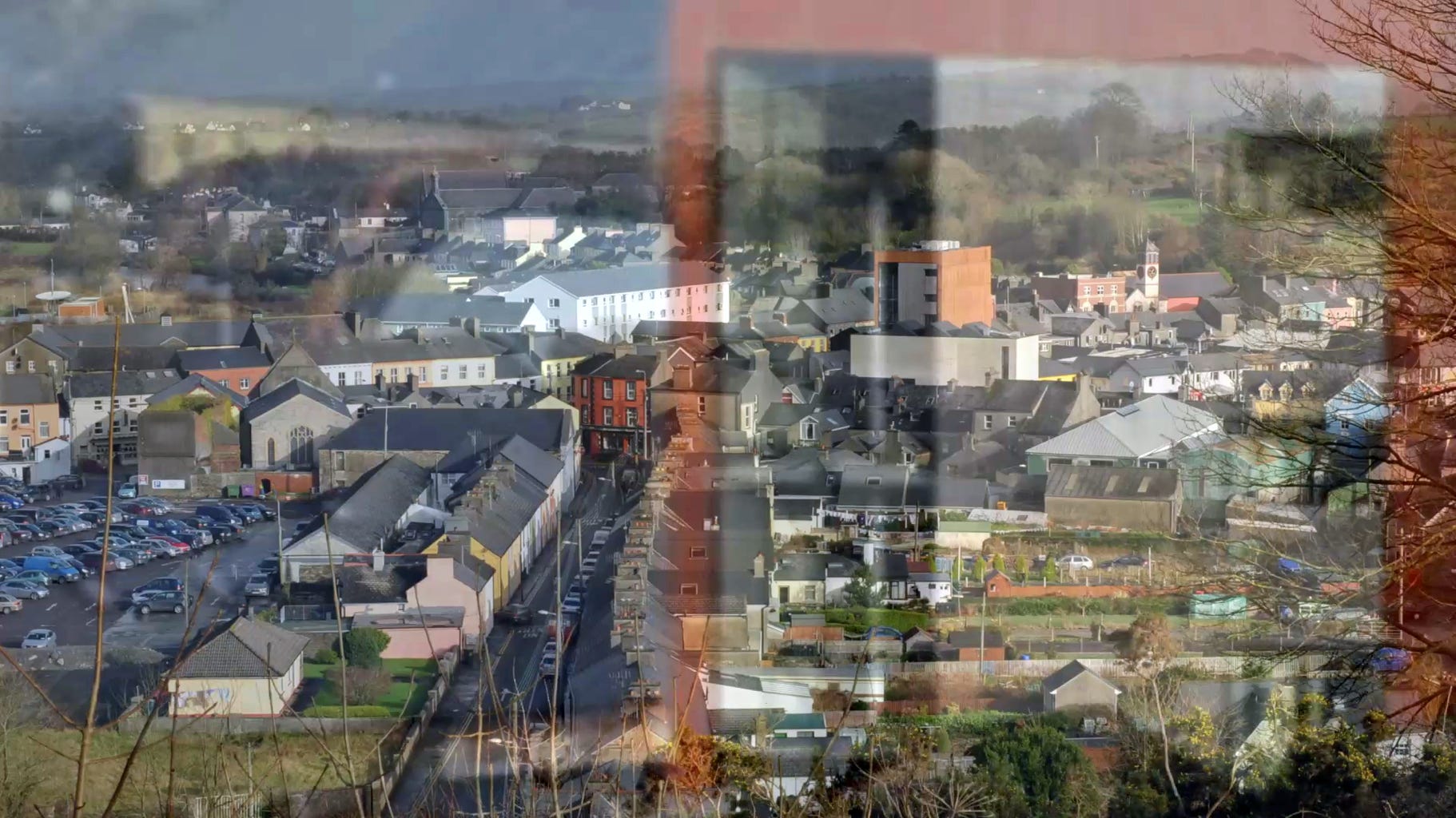
The “Neomorph” exhibition initiated “Resonant Matter”, an interactive sound performance by Mick O’Shea and Irene Murphy from Cork City.
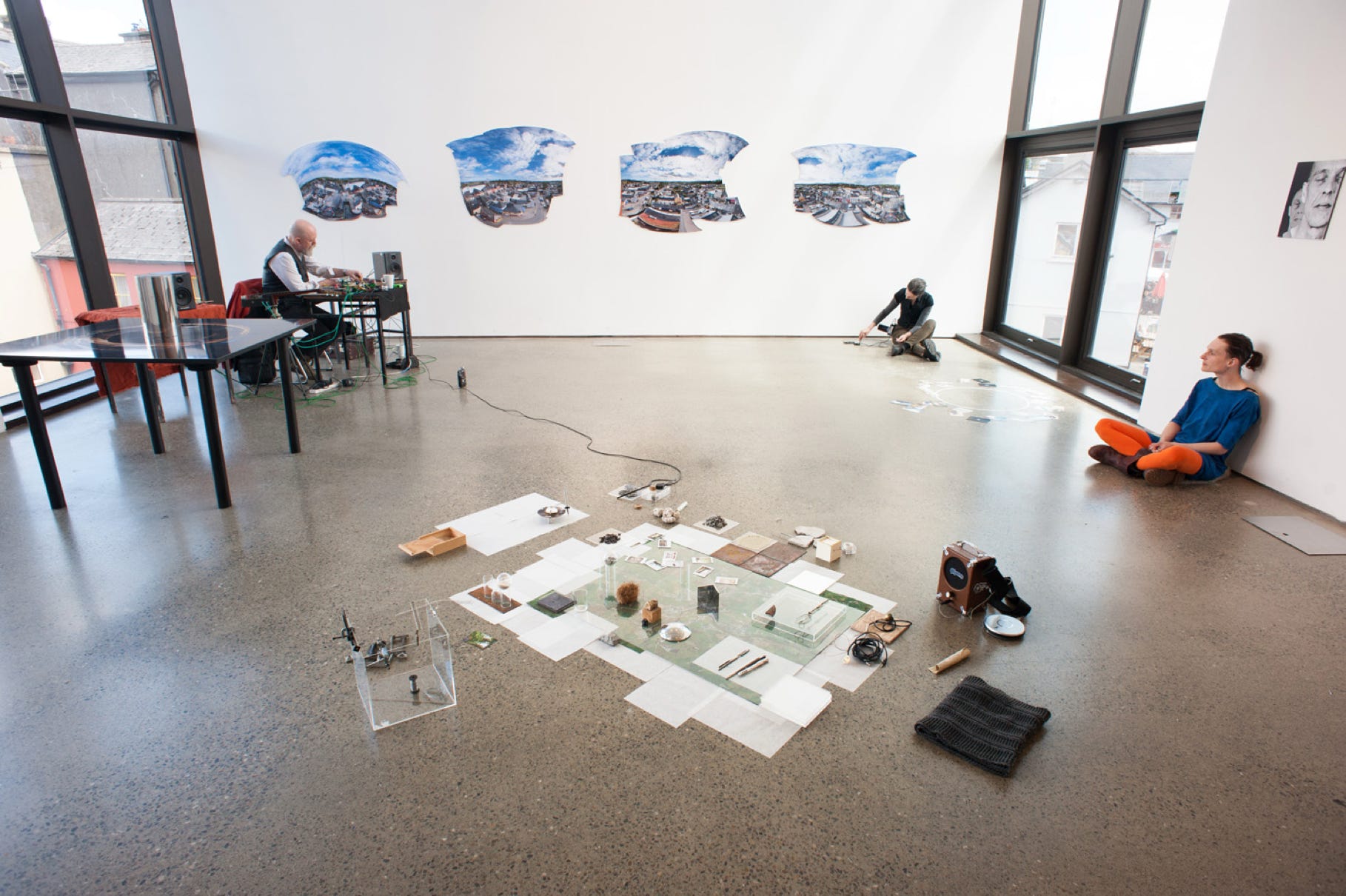
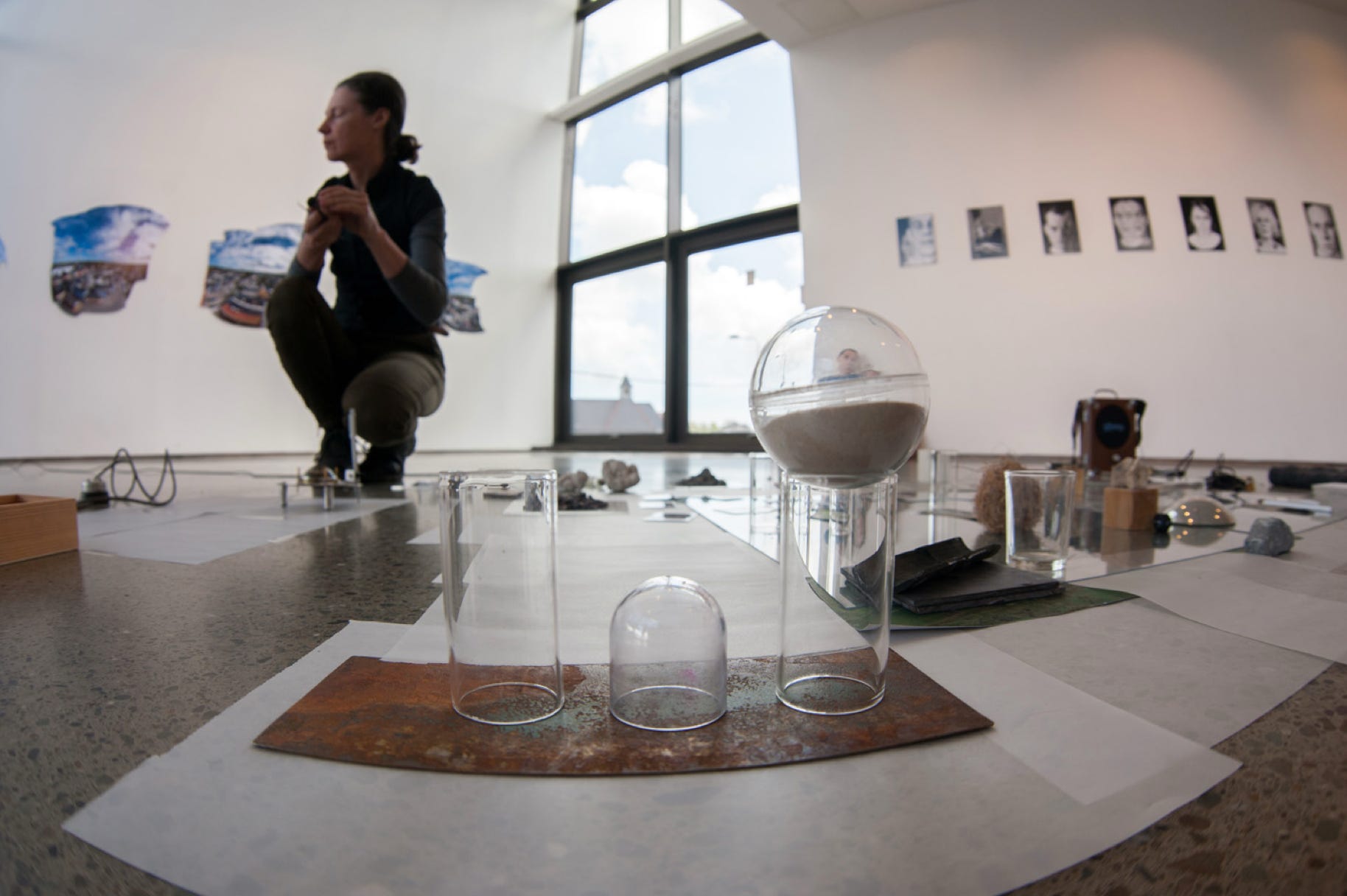
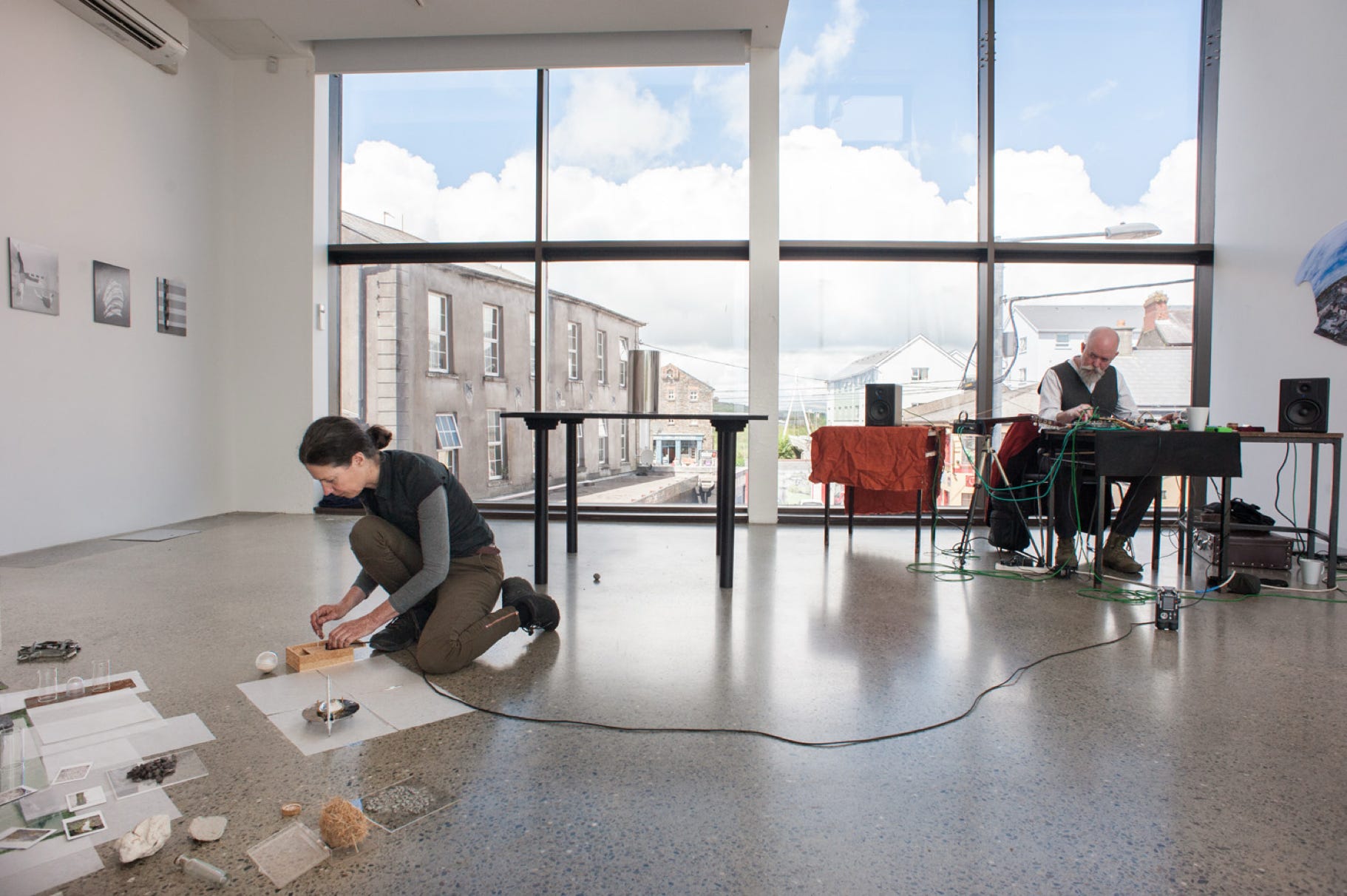
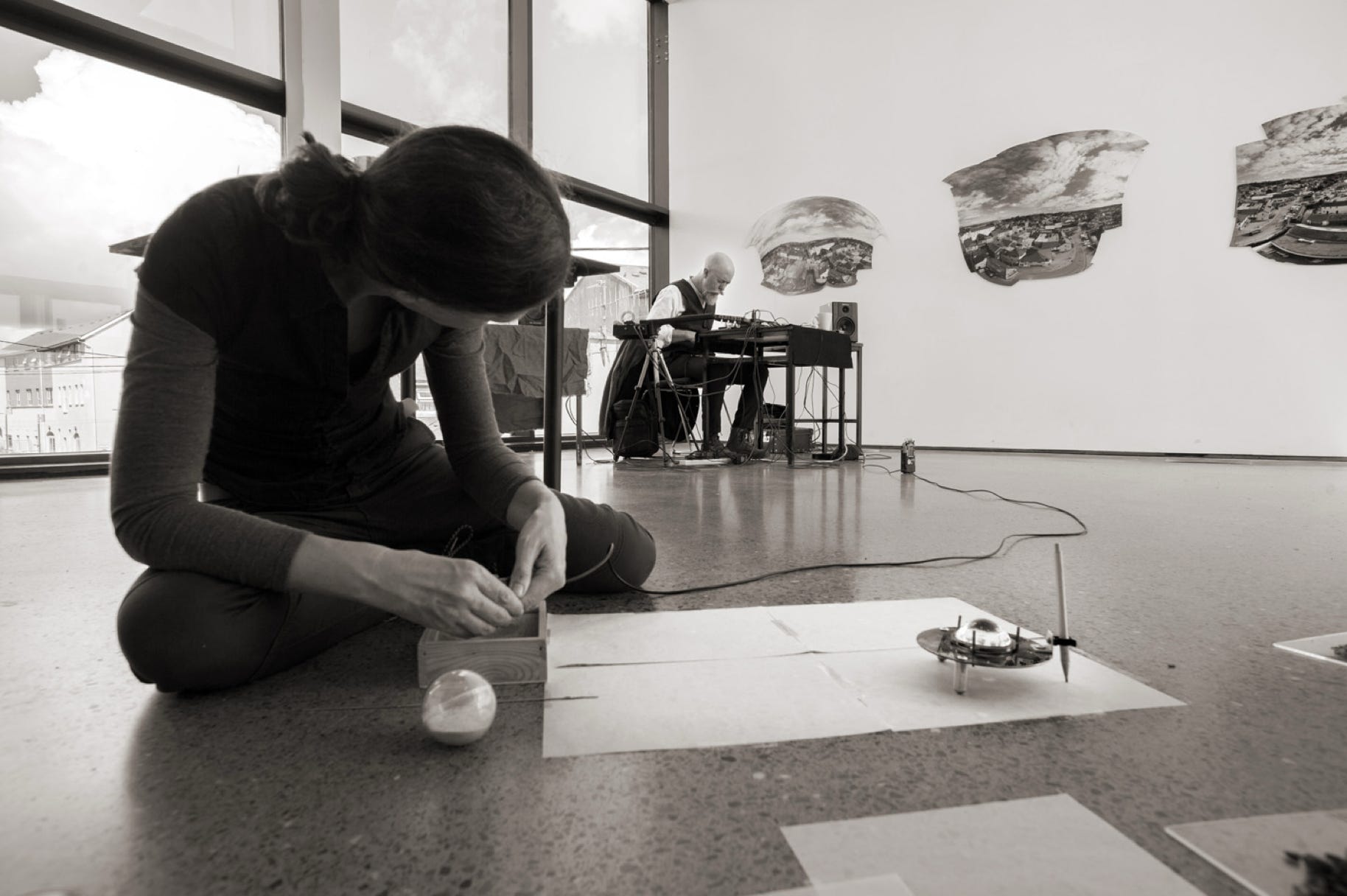
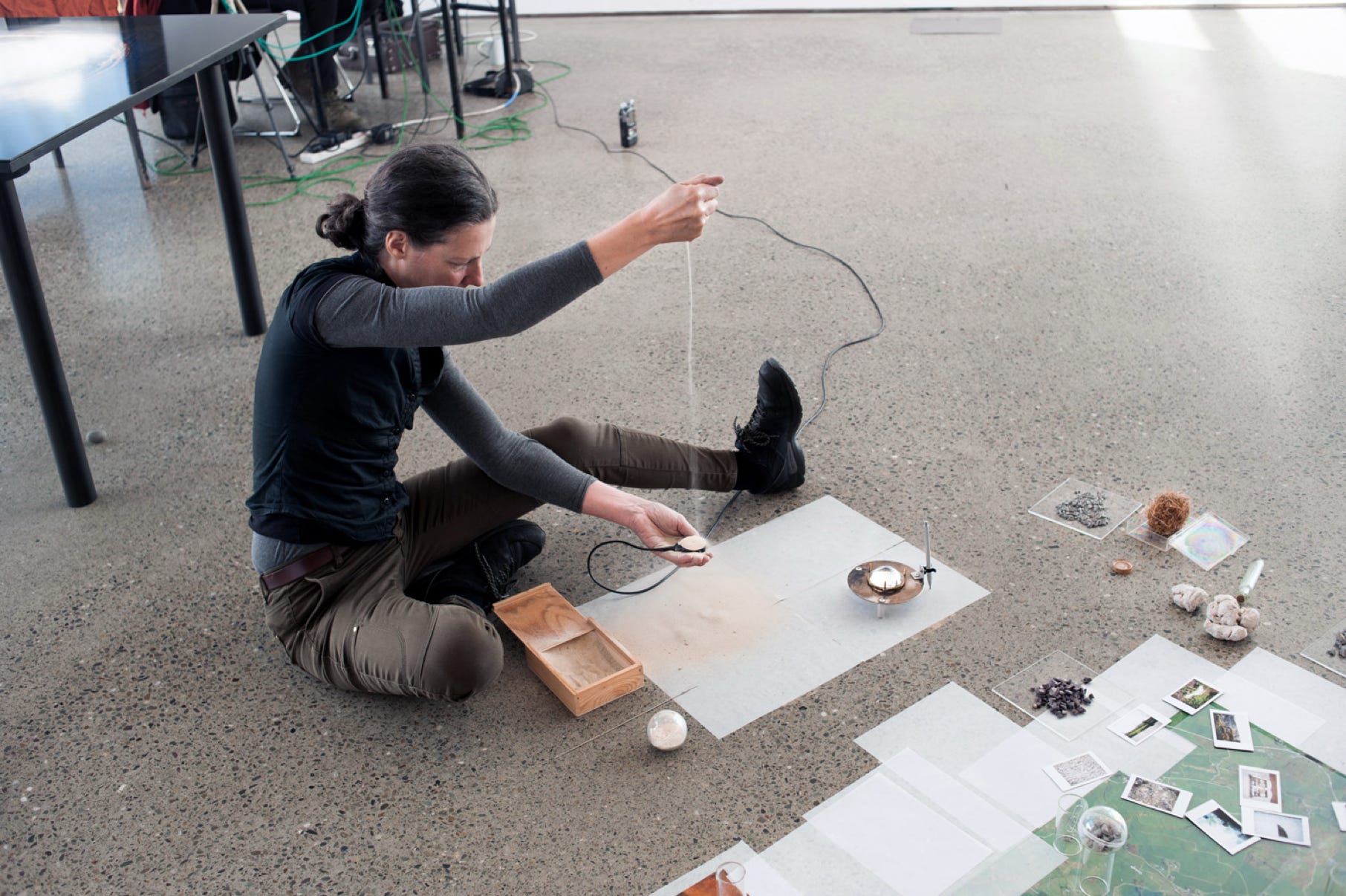
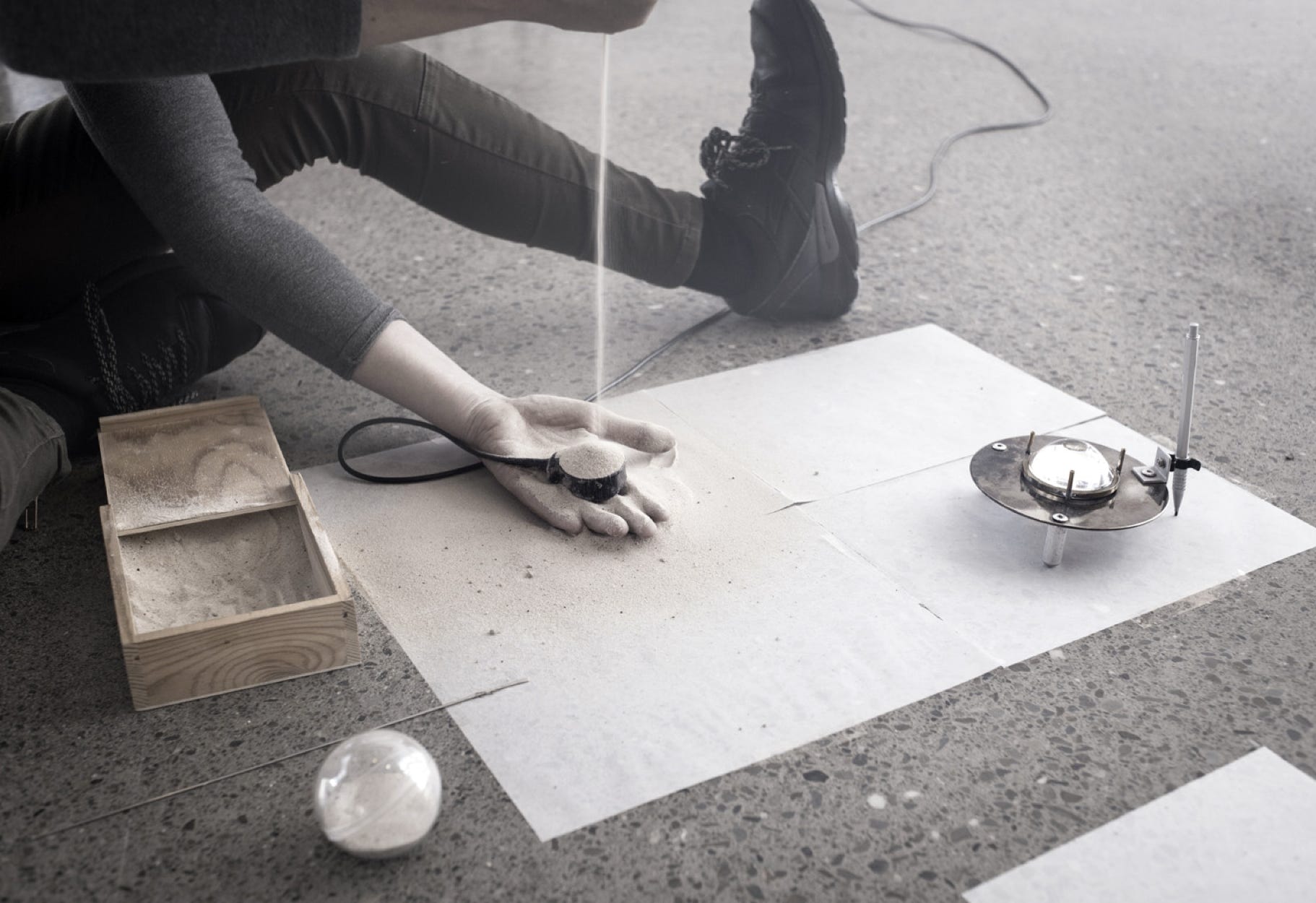
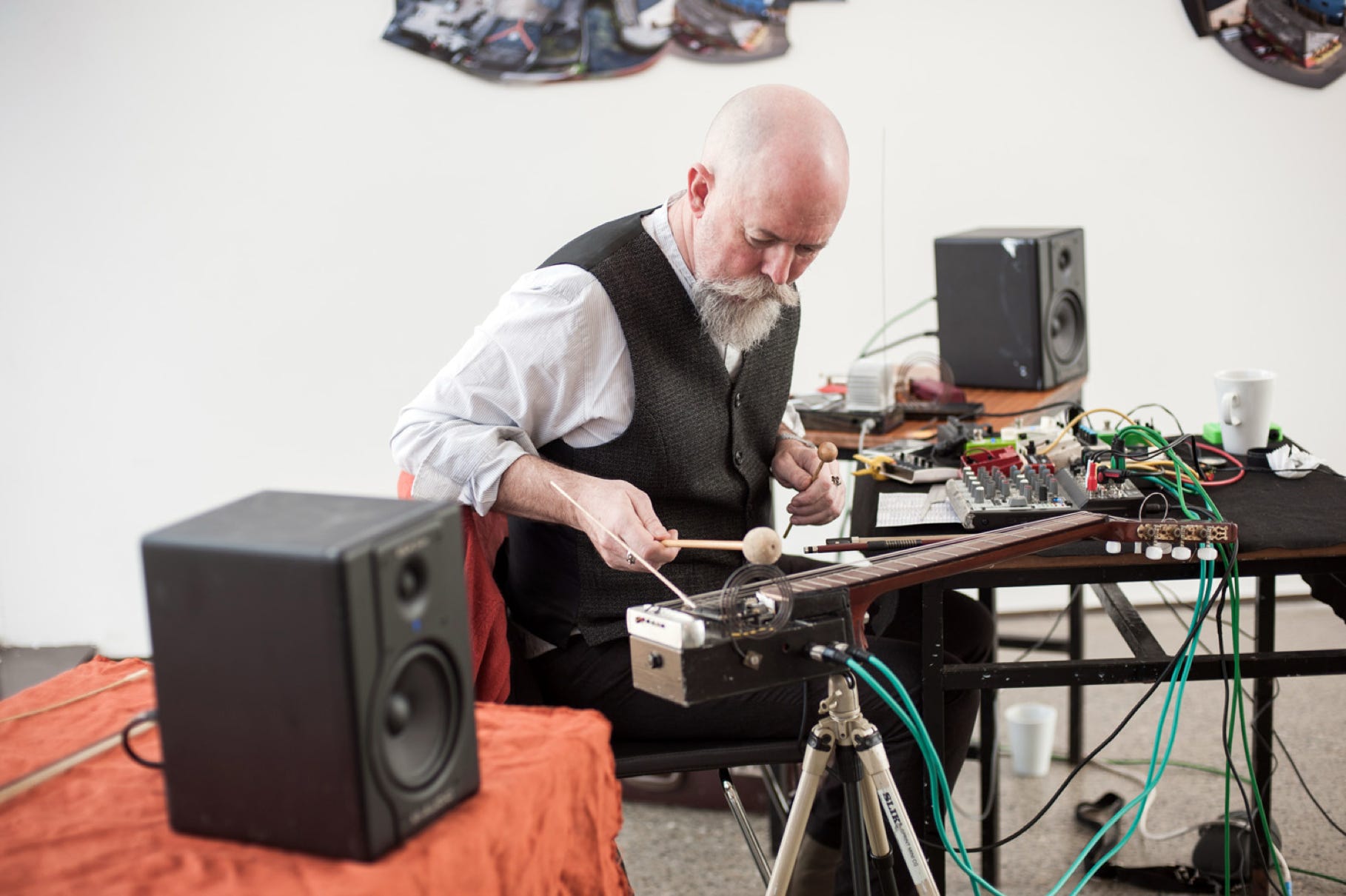
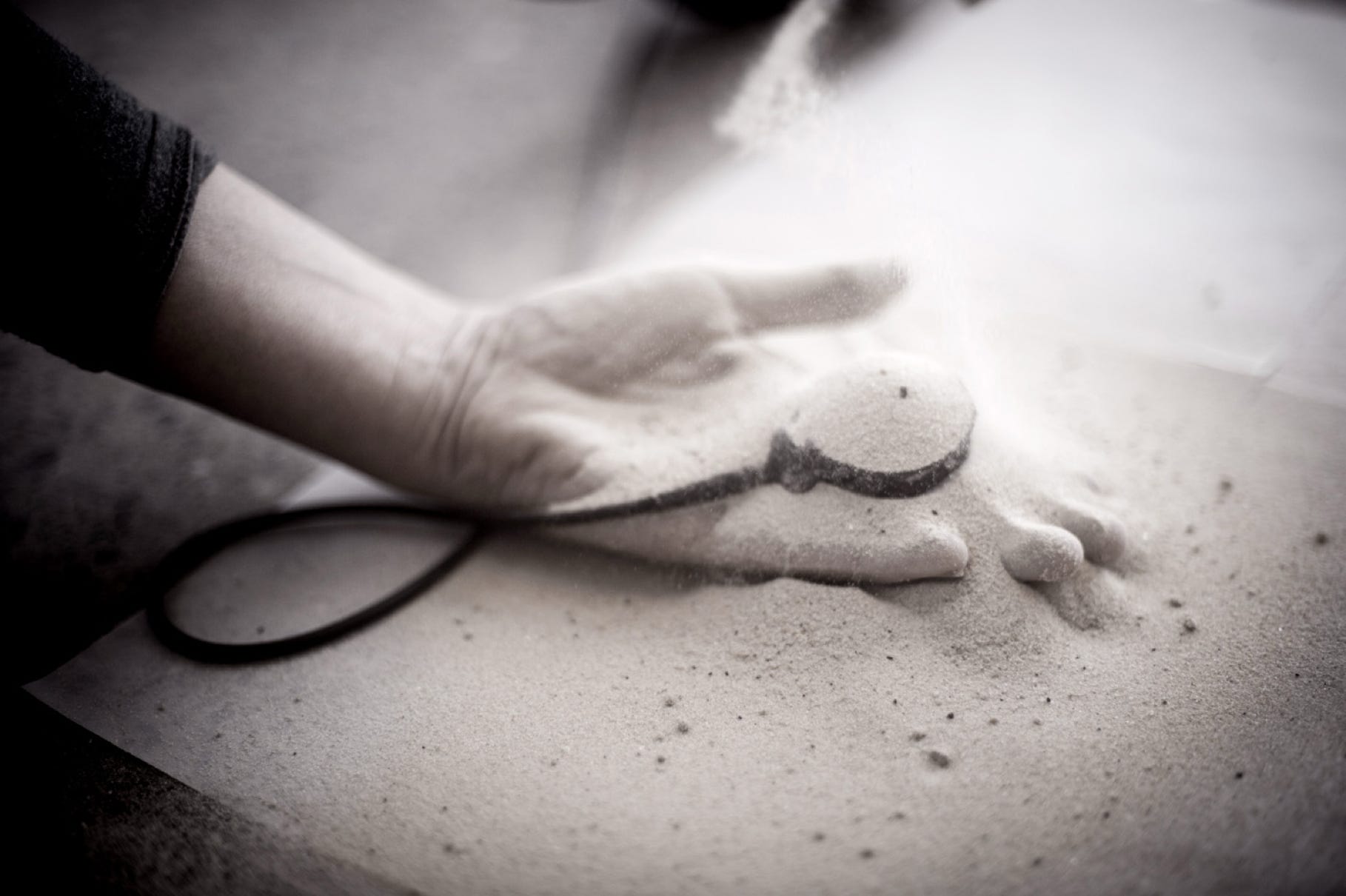
© Tomasz Madajczak